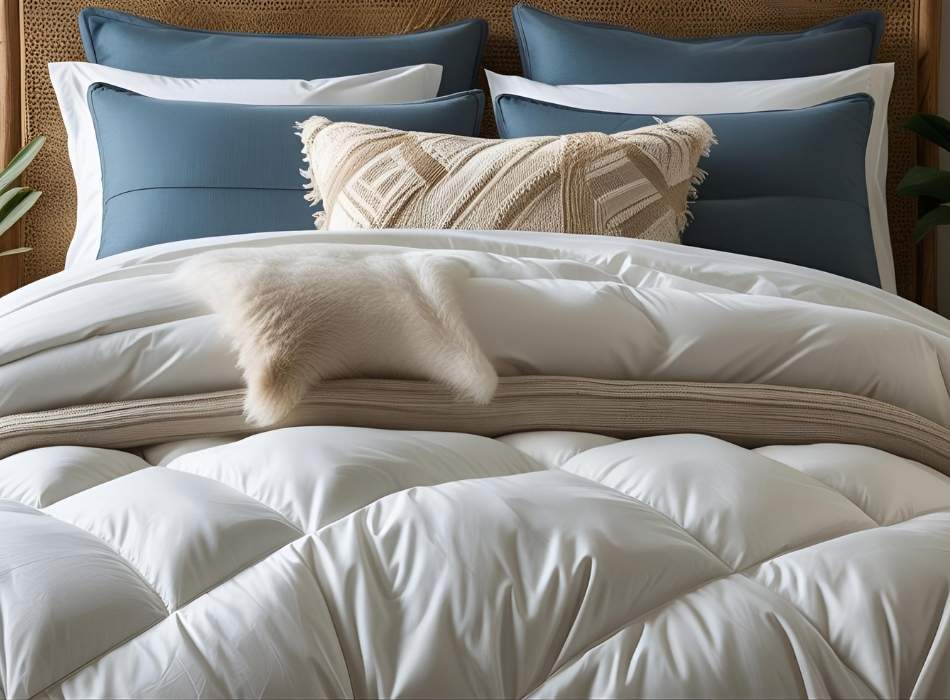When it comes to creating a cozy, inviting bedroom, bedding plays a crucial role. If you’ve ventured into researching bedding options, you’ve probably come across the term “duvet insert.” But what exactly is it, and how does it differ from other bedding items like comforters or quilts? If you’re feeling confused, don’t worry—we’ve got you covered.
This blog will explain what a duvet insert is, how it works, and why it might be the perfect addition to your sleeping setup. You’ll also learn about the key factors to consider when choosing a duvet insert to ensure restful, cozy nights.
What Is a Duvet Insert
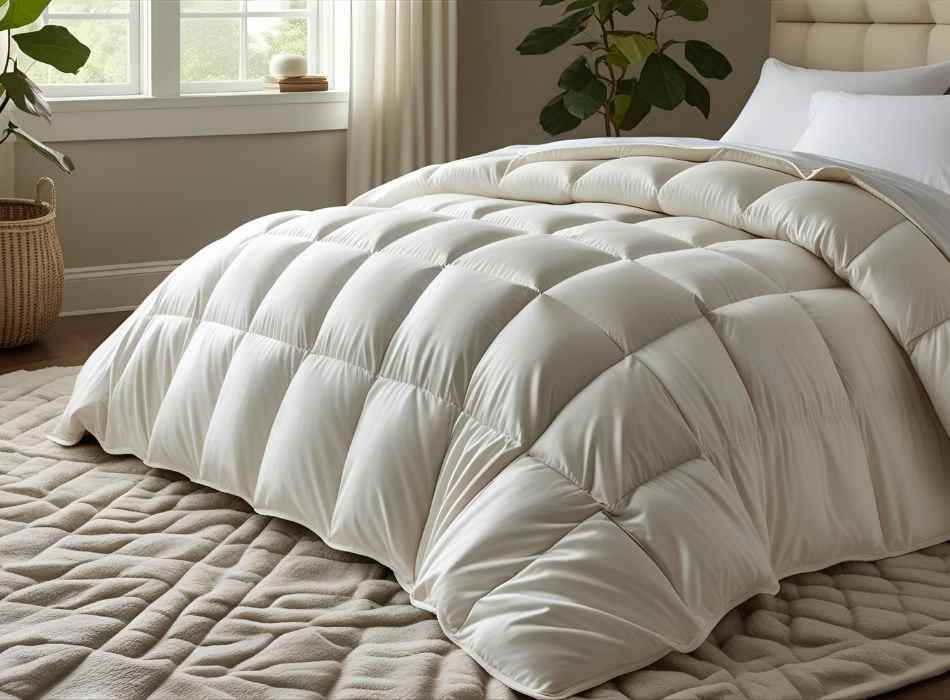
A duvet insert is a plush, lightweight blanket designed to fit inside a duvet cover. Think of it as the filling while the duvet cover is the outer “shell” or protective layer. Together, they function as a versatile bedding option that can be customized in terms of look, feel, and comfort.
The insert is typically made from materials like down, down alternative, or synthetic fibers, and it provides the insulation that keeps you warm at night. The duvet cover adds an aesthetic layer and can be easily swapped out to match your decor or the changing seasons.
How Is a Duvet Insert Different from a Comforter
At first glance, you might mistake a duvet insert for a comforter because they both serve as warm bedding layers. However, there are key differences:
- A Comforter is a standalone piece of bedding, often patterned or colored, and doesn’t require a cover. It’s ready to use as is.
- A Duvet Insert needs to be paired with a duvet cover, offering added versatility and ease of cleaning. While the insert provides warmth, the cover adds a personalized look.
To summarize, if you like flexibility and variety in your bedroom decor, a duvet insert paired with a cover is the better choice.
Benefits of Using a Duvet Insert
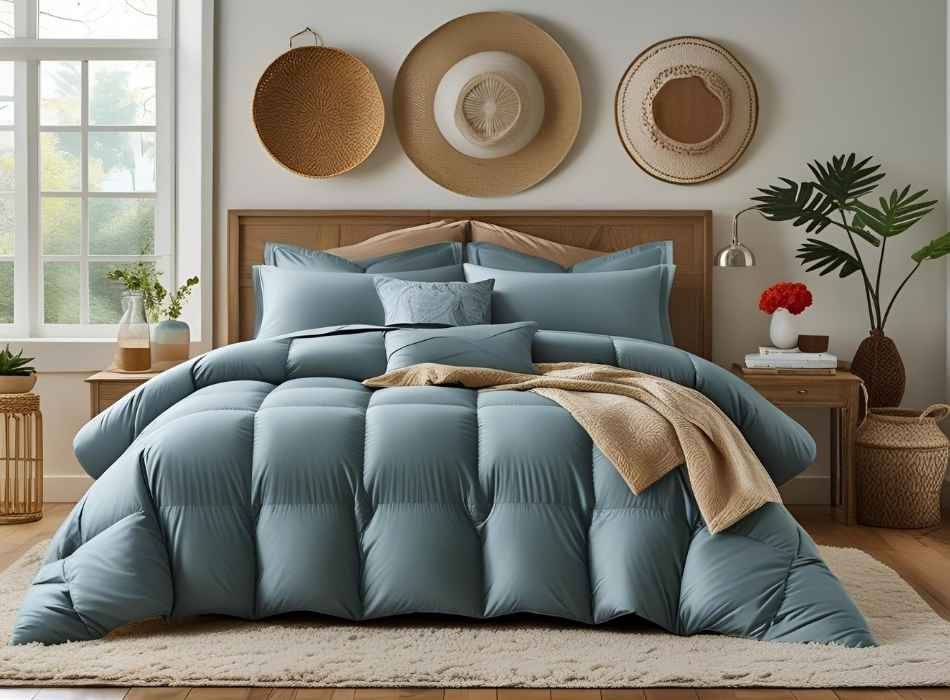
Choosing a duvet insert as part of your bedding setup offers several benefits that enhance both the functionality and style of your bedroom.
1. Versatility in Design
With duvet inserts, your style options are virtually endless. Want a minimalist aesthetic one season and bold patterns the next? Simply swap out the duvet cover to transform the look of your room without needing to replace the entire bedding.
2. Easy Maintenance
Since duvet covers can be removed and washed separately, a duvet insert is much easier to maintain compared to bulky comforters. This can save you time and make your bed feel fresh and clean with less hassle.
3. Customizable Comfort
Whether you prefer lightweight bedding for summer or heavy insulation for winter, there’s a duvet insert tailored to your needs. You can also adjust your bedding’s warmth level simply by changing the weight of the insert or layering with additional blankets.
4. Longevity
High-quality duvet inserts tend to last longer than traditional comforters, especially when paired with a protective cover. The cover absorbs daily wear and tear, extending the life of the insert.
5. Sustainable and Cost-Effective
Rather than buying an entirely new comforter for each season or every time you redecorate, switching out the duvet cover is a more sustainable and budget-friendly option.
Types of Duvet Insert Fillings
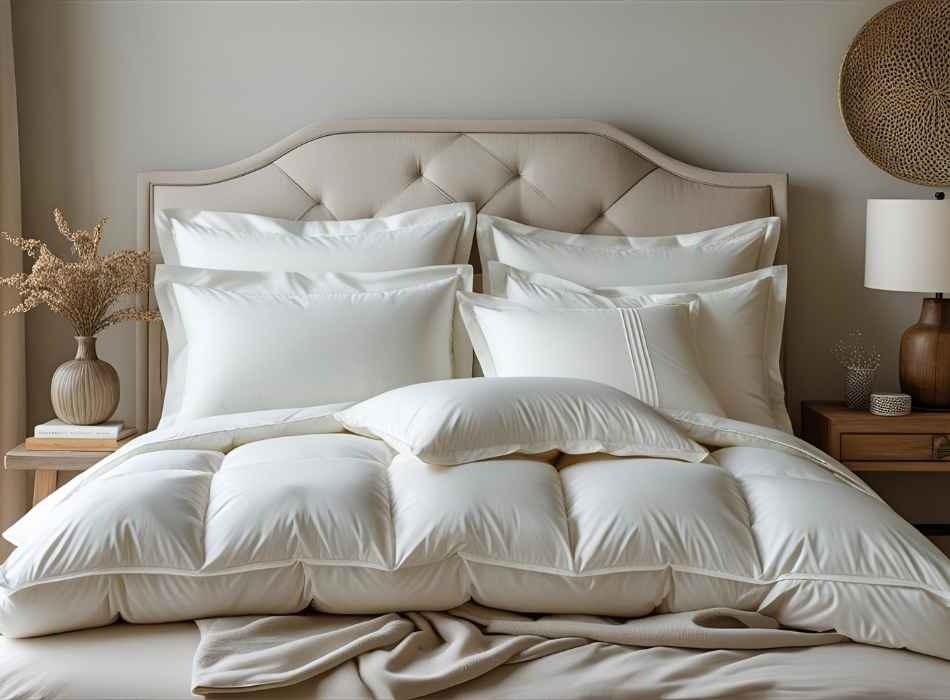
Choosing the right duvet insert largely depends on its filling material. Here’s a breakdown of the most popular options:
Down
- What Is It? Down is the soft, fluffy underlayer of feathers from ducks or geese.
- Pros: Exceptionally lightweight, breathable, and insulating. Ideal for those seeking a luxurious feel.
- Cons: Often more expensive and may not be suitable for those with allergies (though hypoallergenic options are available).
Down Alternative
- What Is It? Made from synthetic fibers designed to mimic the feel of real down.
- Pros: More affordable, hypoallergenic, and cruelty-free.
- Cons: Slightly heavier and not as breathable as real down.
Wool
- What Is It? Made from natural sheep wool.
- Pros: Great for natural temperature regulation; offers warmth without overheating.
- Cons: Can be heavier and less pliable than other options.
Cotton
- What Is It? Natural cotton fibers.
- Pros: Lightweight, breathable, and great for hot sleepers.
- Cons: Provides less warmth, better suited for warmer months.
Synthetic Fibers
- What Is It? Polyester or microfiber blends.
- Pros: Lightweight, affordable, and durable. Provides solid warmth for the price.
- Cons: Can trap heat, which may be uncomfortable for hot sleepers.
Choosing the Right Duvet Insert for Your Needs
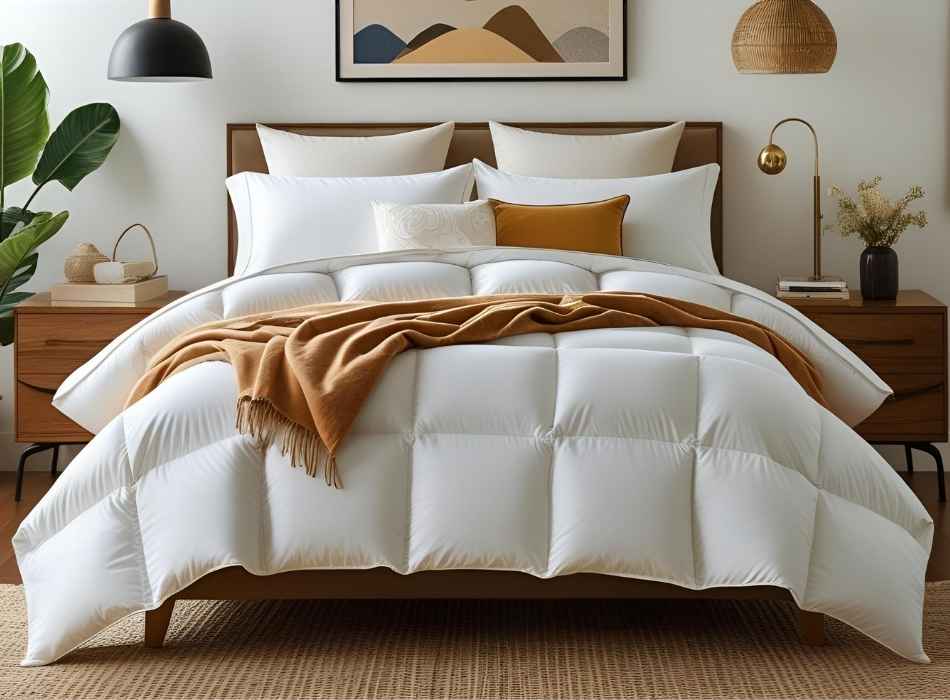
Now that you understand the basics, here are six key factors to consider when selecting the perfect duvet insert for your bedroom:
1. Determine Your Ideal Warmth Level
Are you a hot sleeper, or do you prefer extra warmth even in the summer? Choose an insert weight (lightweight, medium, or heavy) based on your preferred sleep temperature.
2. Pick the Right Size
Ensure your duvet insert matches the dimensions of your bed. Common sizes include twin, full/queen, and king. For the best fit and aesthetic, opt for an insert slightly larger than your duvet cover to create that cozy “stuffed” look.
3. Consider Allergies
If you suffer from allergies, look for hypoallergenic options like down alternative or specially treated down to ensure a comfortable, irritation-free night.
4. Look for Quality Construction
Pay attention to details like baffle-box construction or box-stitch patterns. These features keep the filling evenly distributed, preventing clumping or shifting over time.
5. Evaluate Durability
Invest in an insert that will stand the test of time. Choose high-quality materials and check online reviews for durability insights.
6. Budget Wisely
While higher-end duvet inserts often carry a steeper price tag, they tend to last longer and offer better comfort. Balance your budget with your needs to find the best value.
How to Care for Your Duvet Insert

Proper care ensures your duvet insert stays fluffy and lasts for years. Here are a few tips:
- Use a Cover: Always pair your insert with a duvet cover to protect it from stains and dirt.
- Spot Clean as Needed: Small spills or stains can usually be spot-cleaned with a mild detergent and water.
- Wash Carefully: Check for labels to see if your insert is machine washable. If not, dry cleaning may be required for certain materials like down.
- Fluff Regularly: Shake out and fluff your insert weekly to keep the filling evenly distributed.
- Store Properly: If you rotate inserts seasonally, store them in breathable bags to prevent mildew and odors.
Elevate Your Sleep Experience
Understanding the role of a duvet insert and how it adapts to your needs is the first step in achieving the comfortable, restful sleep you deserve. Whether you prioritize luxury, budget, or eco-conscious options, there’s a perfect duvet insert waiting for you.
Still unsure which duvet insert is right for you? Consult our bedding experts or explore our curated collection designed to suit every unique need and style preference. With the right duvet insert, your bed can become your sanctuary.







